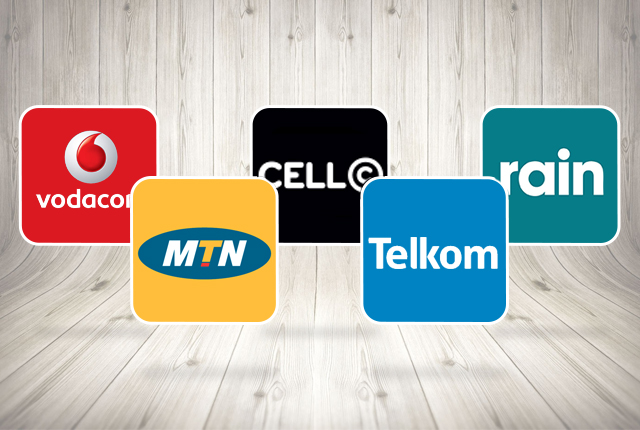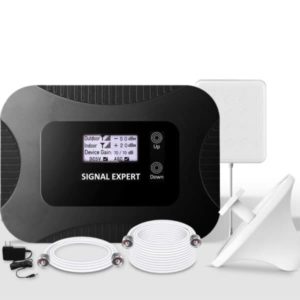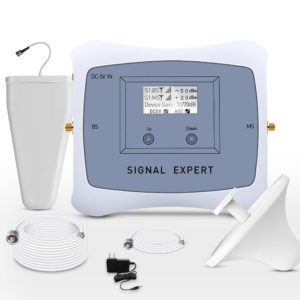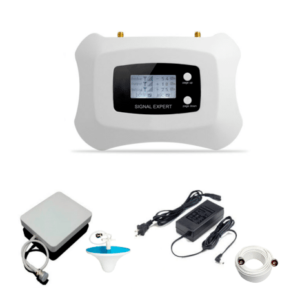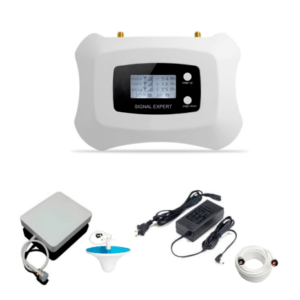The Evolution of Mobile Networks in South Africa
It is very rare nowadays finding a person who doesn’t use a mobile phone today. Around 71% of people globally use a mobile phone. Even quite a good number of people use even more than one mobile phone device on day to day basis. In South Africa, around 22 million people use a mobile phone and that is more than one-third of the population of South Africa. (Source: Statista) This growth of mobile phone users in the country is phenomenal. However, it is interesting to first understand the evolution of the mobile networks in South Africa that have given people more options and reasons to use a mobile phone. Let’s take a look briefly at the evolution of mobile networks in South Africa right from the 1st Generation mobile networks to the latest 5G networks.
The First Generation – 1G
In South Africa, the telecom standard – ‘C-450’ was used to provide 1G services to the masses. The first generation of networks introduced analog cell phones in 1994 by Telkom. These services provided roaming and handover options but did not offer inter-operation between different countries. This came to be one of the biggest disadvantages of the 1G network. The handoff had a lower capacity which made it unreliable, offering no safety for the voice calls.
The Second Generation – 2G
The second generation of the network was an improved version of the earlier network. It brought additional features such as MMS, text message, and picture message. It offered a secure system for both the sender and receiver. The 2G technology of South Africa emerged through a group called the GSM – Groupe Special Mobile. Vodacom became the first cellular network operator in South Africa, getting its first commercial call in 1994.
The Third Generation – 3G
The preceding technology for 2G is the third generation of the network. It worked on the basis of a plan created by the International Telecommunication Union, to develop global frequencies in the 2000 MHz band. The network offered better features like video conferencing, higher data speed, and improved audio/video. In November 2004, Vodacom and MTN were granted a three-month temporary commercial license for the 3G cellular network by ICASA. Vodafone and Vodacom had agreed on a global partnership to put South Africa’s network operators at the forefront of the development procedures.
The Fourth Generation – 4G
At present, this technology is being used by customers in different parts of the country. The 4G network offers users with a faster and better network. It comes with reduced latency providing high uplink and downlink power. Vodacom was the first operator to launch its commercial 4G LTE services in South Africa on 10 October 2012. At present, MTN covers 89.5 percent of the 4G network available in the country. It covers the maximum percent amongst all the major network operators.
The Fifth Generation – 5G
The 5G network is the future for the 21st century. It is one of the fastest networks the millennials will experience. It is expected to offer data services 10x faster than the 4G network. Major networks including Vodacom, MTN, and Rain have launched their 5G commercial services in specific areas of South Africa. MTN’s 5G network covers areas of Johannesburg, Cape Town, Bloemfontein, and Port Elizabeth. It has launched the 5G services for testing and trial on a temporary license by the Independent Communications Authority of South Africa (ICASA).
The Sixt Generation – 6G
Right now the country is building up the 5G network infrastructure but many countries have already started to work on the 6G. The country knows that the demand for speed and faster mobile networks is going to increase every year. The Sixt generation of the networks would be even more advanced and faster than the 5G. But, for that, we might have to wait for a couple more years to see it happening.
Summary
So, this is a brief history of the evolution of mobile networks in South Africa. I hope it would have been good information for you to understand about the mobile networks in South Africa.


